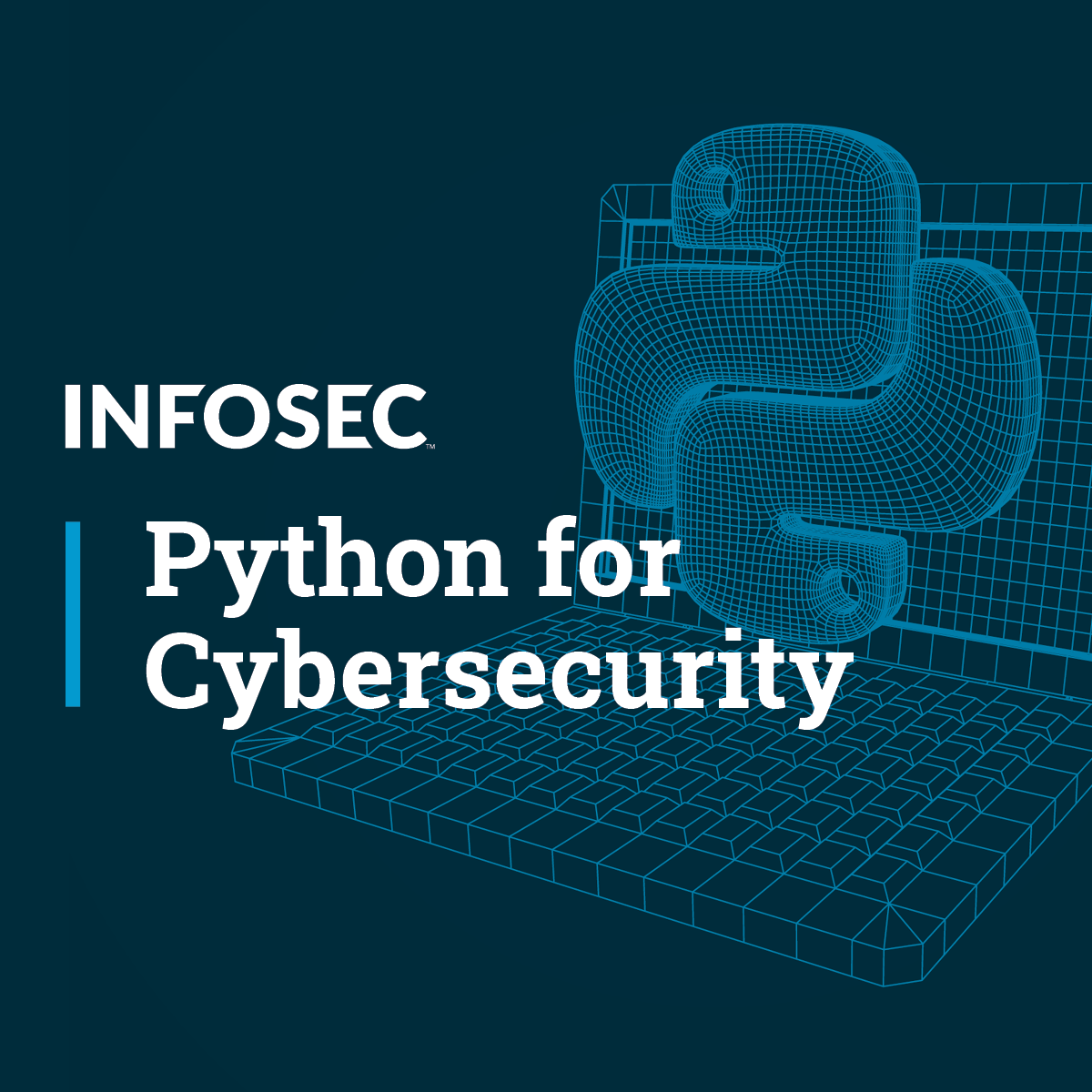
This course covers credential Access, discovery, lateral movement & collection.
What's inside
Syllabus
Python for credential access
A look at credentials and Python.
Python for Discovery
Exploring Python and MITREs Discovery Technique
Read more
Syllabus
Good to know
Save this course
Reviews summary
Practical hacking techniques
Activities
Read 'Security Engineering' by Ross Anderson
Show steps
Gain a comprehensive understanding of security principles and best practices.
View
Security Engineering and Tobias on Locks Two...
on Amazon
Show steps
-
Read the book
-
Summarize the key concepts
-
Apply the concepts to a real-world security scenario
Review cryptography
Show steps
Review the concepts of cryptography and how it applies to securing data.
Browse courses on
Cryptography
Show steps
-
Read RFCs on cryptography
-
Implement basic encryption and decyption routines
-
Experiment with different encryption algorithms
Intercept and analyze network packets
Show steps
Develop expertise in capturing, analyzing and interpreting network packets to identify potential security threats.
Browse courses on
Networking
Show steps
-
Set up a network packet analyzer
-
Capture network packets
-
Analyze captured packets for malicious activity
Four other activities
Expand to see all activities and additional details
Show all seven activities
Learn advanced techniques for malware analysis
Show steps
Enhance your ability to identify, analyze and mitigate the impact of malware by using advanced techniques.
Browse courses on
Malware Analysis
Show steps
-
Familiarize with malware analysis tools
-
Analyze malware samples statically and dynamically
-
Develop or contribute to open-source malware analysis tools
Participate in a Capture The Flag (CTF) competition
Show steps
Test your security skills and knowledge by participating in a CTF competition.
Browse courses on
Penetration Testing
Show steps
-
Find a CTF competition
-
Register for the competition
-
Solve challenges and earn points
Design and implement a security incident response plan
Show steps
Build a comprehensive plan to effectively respond to and mitigate the impact of security incidents.
Browse courses on
Incident Response
Show steps
-
Identify potential security risks
-
Develop procedures for incident detection and response
-
Implement tools and technologies for incident management
Volunteer at a security non-profit organization
Show steps
Contribute to the security community and gain practical experience.
Browse courses on
Volunteering
Show steps
-
Find a security non-profit organization
-
Apply for a volunteer position
-
Volunteer at the organization
Read 'Security Engineering' by Ross Anderson
Show steps
Gain a comprehensive understanding of security principles and best practices.
View
Security Engineering and Tobias on Locks Two...
on Amazon
Show steps
- Read the book
- Summarize the key concepts
- Apply the concepts to a real-world security scenario
Review cryptography
Show steps
Review the concepts of cryptography and how it applies to securing data.
Browse courses on
Cryptography
Show steps
- Read RFCs on cryptography
- Implement basic encryption and decyption routines
- Experiment with different encryption algorithms
Intercept and analyze network packets
Show steps
Develop expertise in capturing, analyzing and interpreting network packets to identify potential security threats.
Browse courses on
Networking
Show steps
- Set up a network packet analyzer
- Capture network packets
- Analyze captured packets for malicious activity
Learn advanced techniques for malware analysis
Show steps
Enhance your ability to identify, analyze and mitigate the impact of malware by using advanced techniques.
Browse courses on
Malware Analysis
Show steps
- Familiarize with malware analysis tools
- Analyze malware samples statically and dynamically
- Develop or contribute to open-source malware analysis tools
Participate in a Capture The Flag (CTF) competition
Show steps
Test your security skills and knowledge by participating in a CTF competition.
Browse courses on
Penetration Testing
Show steps
- Find a CTF competition
- Register for the competition
- Solve challenges and earn points
Design and implement a security incident response plan
Show steps
Build a comprehensive plan to effectively respond to and mitigate the impact of security incidents.
Browse courses on
Incident Response
Show steps
- Identify potential security risks
- Develop procedures for incident detection and response
- Implement tools and technologies for incident management
Volunteer at a security non-profit organization
Show steps
Contribute to the security community and gain practical experience.
Browse courses on
Volunteering
Show steps
- Find a security non-profit organization
- Apply for a volunteer position
- Volunteer at the organization
Career center
Systems Analyst
Information Technology Auditor
Network Security Engineer
Information Security Analyst
Cybersecurity Analyst
Security Engineer
Forensic Analyst
Security Consultant
Malware Analyst
Penetration Tester
Ethical Hacker
Security Researcher
Threat Intelligence Analyst
Incident Responder
Cloud Security Engineer
Reading list
Share
Similar courses
OpenCourser helps millions of learners each year. People visit us to learn workspace skills, ace their exams, and nurture their curiosity.
Our extensive catalog contains over 50,000 courses and twice as many books. Browse by search, by topic, or even by career interests. We'll match you to the right resources quickly.
Find this site helpful? Tell a friend about us.
We're supported by our community of learners. When you purchase or subscribe to courses and programs or purchase books, we may earn a commission from our partners.
Your purchases help us maintain our catalog and keep our servers humming without ads.
Thank you for supporting OpenCourser.



